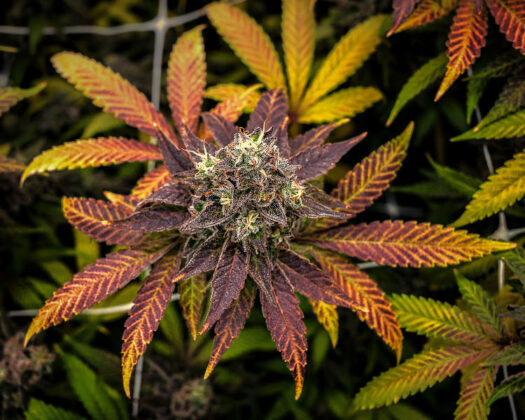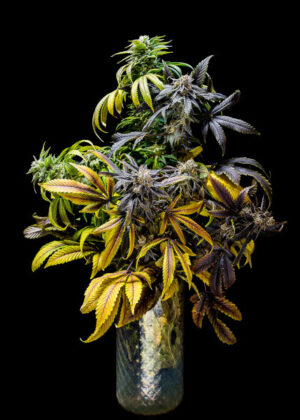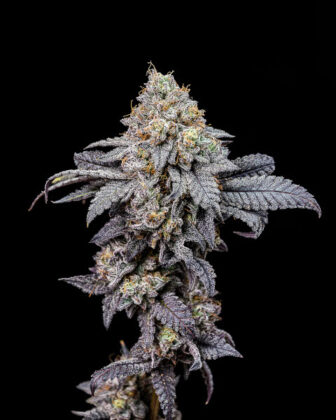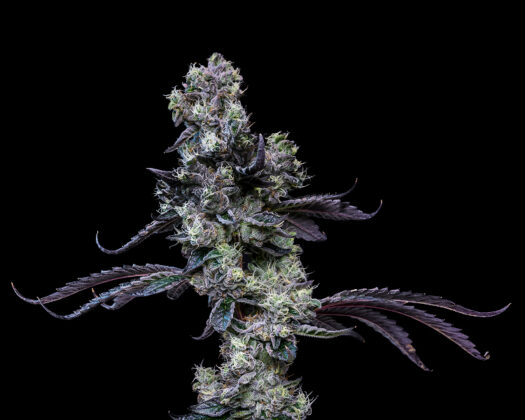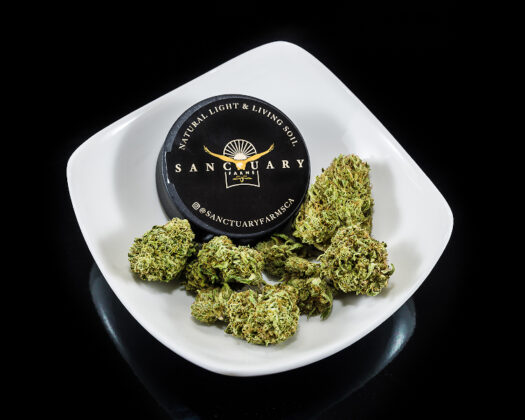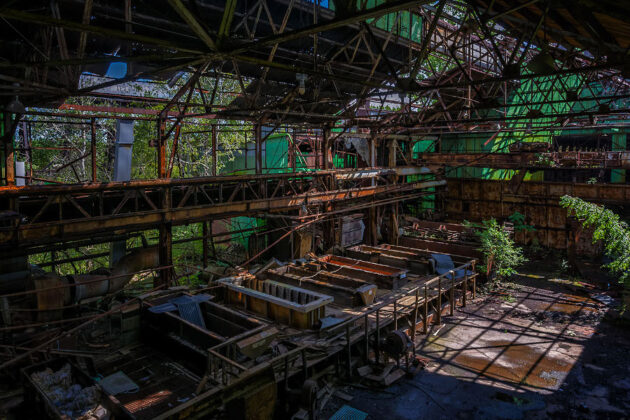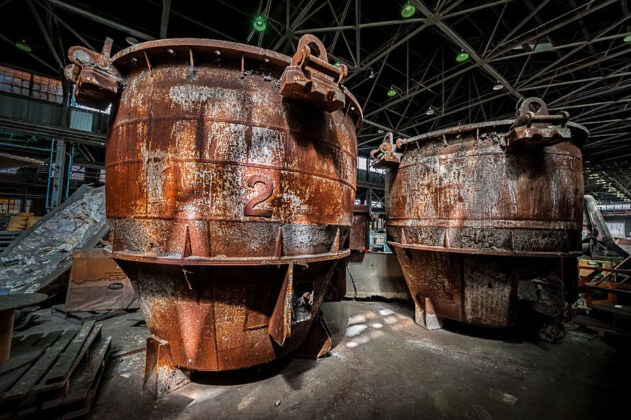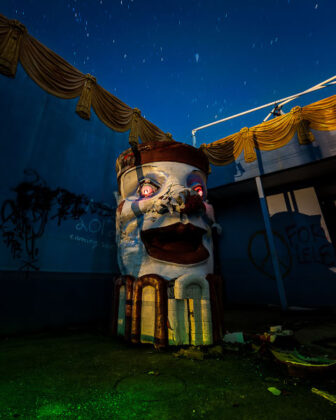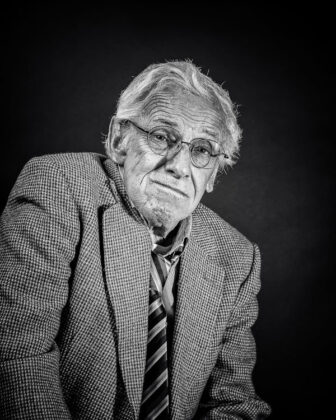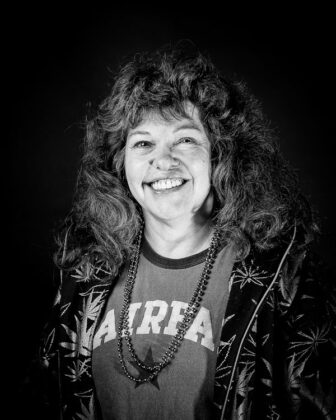Everyone remembers the first time they saw a copy of High Times on a magazine shelf, usually tucked somewhere between the adult magazines and tobacco fetish periodicals at a local liquor or convenience store. The primary appeal of those early weed rags was the magnified, vivid pictures of frosty, multicolored buds in all their glory. Weed porn.
Cannabis industry photography has come a long way since then, and now mainstream magazines, newspapers, and media channels are becoming more open and welcoming to the plant and the industry exploding around it. Mike Rosati knows that first-hand. One of the first photographers to document the transition from medical to commercial adult-use, his images have graced the pages of mg and many other cannabis magazines and media outlets over the years. Among his most recent work were images illustrating cover stories about Cheech and Chong and soap scion David Bronner for Skunk magazine. He also covered the 2021 Emerald Cup, documenting the virtual awards show and all the preparations leading up to the big event.
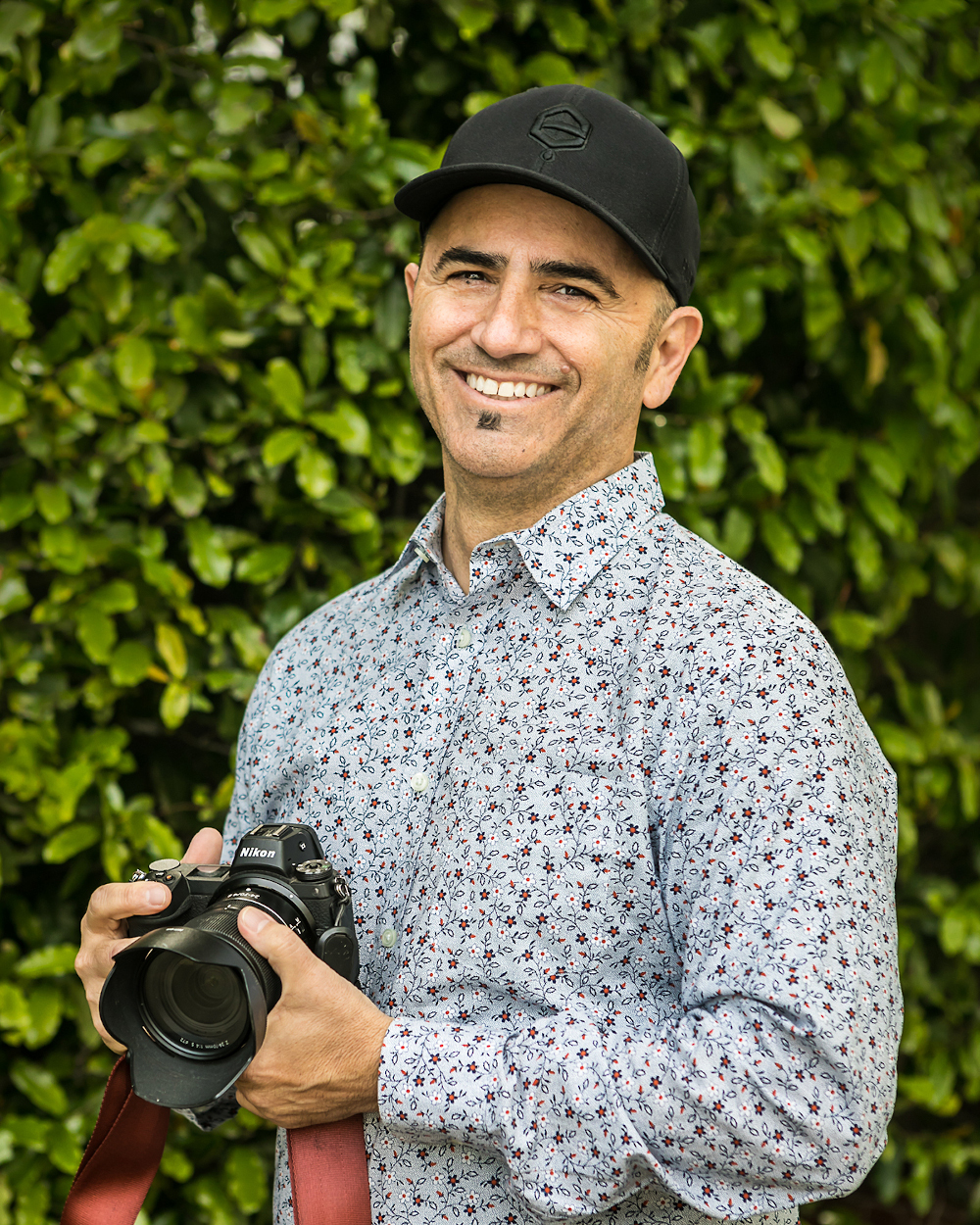
Rosati’s portfolio spans a broad spectrum from weddings to conferences and events, concerts, and live music in intimate venues. He’s adept at urban exploration (urbex), wandering lonely rural roads and abandoned neighborhoods looking for relics from the past and capturing images of art and structures in decay. Often, the photos reveal forgotten bits of history or serve as symbols for larger social issues.
Like many other professionals who have crossed over into the cannabis industry, Rosati possesses skills in other sectors (technology and marketing, in particular). But cannabis has become his true love. As he focuses his lens more squarely on the industry, he is always looking for subjects who are integral parts of the story and details that give his audience an up-close look at an unfolding community.
The famous…
Whenever a cannabis event took place in the Bay Area during the past five to six years, Rosati most likely was there, camera in hand, capturing memorable moments. After working on assignment for some of the early cannabis lifestyle magazines—Dope, Cannabis Now, Culture—he connected with mg founder and Chief Executive Officer Darren Roberts. Soon, Rosati began photographing events and conferences for the magazine. He also contributed photographs to countless feature articles.
“Darren was the first to see something in my work and utilize me beyond basic assignments, and I started covering various trade shows, product launches, community gatherings, dispensaries, city hall meetings—anything related to the cannabis industry,” Rosati said.
As a photojournalist, he understands the importance of sniffing out good leads and sources. Rosati was instrumental in helping this writer identify several of the most compelling stories I’ve written over the past few years, including an epic pheno hunt in the mountains of the Emerald Triangle.
Before he was a cannabis photographer, though, Rosati cut his teeth in the Bay Area’s lively music scene, shooting in crowded nightclubs and eventually graduating to larger events such as the Noise Pop, Outside Lands, Bottle Rock, and Treasure Island music festivals. Before long, his images were featured in music magazines and newspapers. Bands used his shots in promotional materials.
…And the forgotten
The freedom to navigate his own path as a freelance artist is one of the reasons Rosati enjoys urbex photography, where the rules of the game are open to his own interpretation and expression. He grew up in an artistically creative family, often accompanying his parents to museums, Civil War battlefields, forts, and other historical landmarks. He was fascinated by the old structures, many of them in Rust Belt regions where his family has roots. Over the years, he continued to seek more and more abandoned structures and landmarks across the U.S., looking for factories, military sites, churches, hospitals, schools, racetracks, and old homes—anything forgotten or dilapidated that might have a yesteryear story to tell.
“It piqued my curiosity and I thought, what are these places? What happened here? Why is this abandoned? What did this machinery do?” he said. “I love the rich textures, the peeling walls, the rusty bits, finding personal effects left behind and nature reclaiming its space. And the historical aspects are fascinating. Of course, being somewhere one is not supposed to be can be exciting, as is capturing images nobody would normally see from these forgotten spaces.”
About ten years ago, Rosati began photographing a steel mill where his grandfather worked: Simonds Saw & Steel, an early twentieth century specialty alloy steel producer on the banks of the Erie Canal in western New York. Over the years, he captured the spot in different seasons and from a variety of perspectives. When he learned his father and several other relatives worked there too, Rosati asked his dad to write about his experiences in the mill for a photographic retrospective Rosati intended to publish. In the end, his father published his own book, Men of Steel, which includes some of Rosati’s images. Rosati continues to curate his images to create a coffee table book he hopes to publish later this year. “I helped [my father] with his deep dive into the company and the town’s history,” he said. “It was fun working together, researching, gathering vintage imagery and stories from former workers, and then making presentations at the Steel Museum and the local historical society.”
‘Faces of Cannabis’
In the midst of the COVID-19 pandemic, with concerts, trade shows, and almost everything else requiring sojourns into public spaces shut down, Rosati kept his trigger finger happy by helping brands ramp up their marketing efforts with high-quality photos and audiovisual content. As Top Shelf Media, he helps companies tell their stories and develops collateral for marketing, advertising, social media, and fundraising efforts. Rosati has covered events including Outside Lands, New West Summit, and The Emerald Cup; he also visits farms, dispensaries, and manufacturing operations throughout California.
Another ongoing pursuit that is close to his heart and keeps him active in the community is his Faces of Cannabis project. When he started taking professional headshots of cannabis operators, enthusiasts, and activists at trade shows and conferences, Rosati realized he was one of the few photographers capturing the early days of the industry’s transition to mainstream commerce. As such, he wants to capture important people and events in the legacy medical movement as well as creative and pioneering figures in the ever-expanding recreational side of the biz.
“I started with mg getting headshots of speakers at tradeshows,” he said. “And I became more involved in the community and started learning about people who fought and suffered to bring the plant to where it is today—people like Dennis Peron who made it all possible, and smaller operators who created in the shadows, growers, manufacturers, patients, activists, and drug-war victims. I realized it was important to capture their stories too. With Faces of Cannabis, I want to document and recognize the pioneers in the movement so other people will get a more complete picture and understand the medical side of the plant and where this industry came from.”
As public spaces open up and people start to travel once again, Rosati sees historic bus tours, dinner parties, bud-and-breakfast destinations, and other scenes in a new, mainstream social environment where cannabis is just another part of the experience. He looks forward to covering the events and capturing the historic moments and colorful characters who are guiding the industry in new and unpredictable directions.








